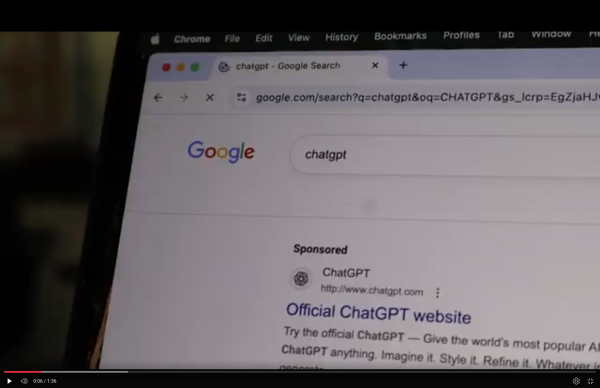Revving up education
Yi Yang talks with Professional Driving Systems about driver’s education
In America, the legal age to drive a car is 16. It is one of most U.S. teenagers’ major life events in their early ages before they turn 18. Still, the number of 16 year-old licensed drivers has significantly decreased. According to data from the Federal Highway Administration, the percentage of 16 year-old licensed drivers in 1983 is 46.2 percent, while it decreased to 25.6 percent in 2018.
“A number of years ago driver’s education was in the school. There are still several schools in Ohio that continue to offer this training. The reason drivers training was privatized was a rift between the state education association and the Ohio Dept. of Public Safety.” Jeff Caldwell, Training Manager of local driving school Professional Driving Systems, said. “ODPS established base curriculums and laid out requirements that the State Education Association did not want to follow so schools gave up the training. It all depends on how you look at it as far as who would do a better job.”
Akron, Ohio has reinstated in-school driving education programs to help more students get a driver’s license by age 18 as a way to find work, which runs after school at a discounted rate and offers subsidies to help students pay further.
“I got my driver’s license as soon as I was 16.” Brain Martin, an English teacher, said. “There used to be driver’s education courses, but the insurance was too high. So the school decided to cancel that course.”
Car insurance in America costs $133 per month, on average, but your rate may be very different depending on the area you live in. The total cost per year based on the average will be $1592, still a lot for many students. That is not the only reason the students are worried about it. Liam McCarty (11) had a word on driver’s ed in the school curriculum.
“I’ve had my license for 6 months and have been driving for about a year and a half. I took my driver’s education courses in a private driving school in this area,” Mccarty said, “No, I don’t want driver’s education to be a school curriculum, because it takes away from other things I can do in my personal time.”
Driver’s ed in high school curriculum will take away student’s time from other things, affecting their private lives and may not be the only reason why driver’s ed shouldn’t be taught in school.
“I truly don’t think it matters who provides the training. What matters is how it is presented. Back in the day the training was just like going through the motions and not a whole lot of substance included in the training,” Caldwell said “Multiple kids went out in the cars for driving lessons which in my opinion was a waste of time and a huge distraction. I think the advantage the driving schools have is that driver training is the only thing they focus on.”
As McCarty and Caldwell said, choosing to have a license is a really personal choice for teenagers and that’s why it is a major event in their life. It should be chosen by the student, but not all men disagreed to have driver’s ed courses in school.
“I have been driving for a year and 3 months. I took my courses at driving school,” Robbie Reed (11) said, “I think schools should have driver’s education. It will save my time and money.”
Driver’s education in school seems to be impossible due to the amount of fees and bills. If students would like to take a driver’s ed course, there are many driving schools in the area. For more information, contact Professional Driving Systems at [email protected].







